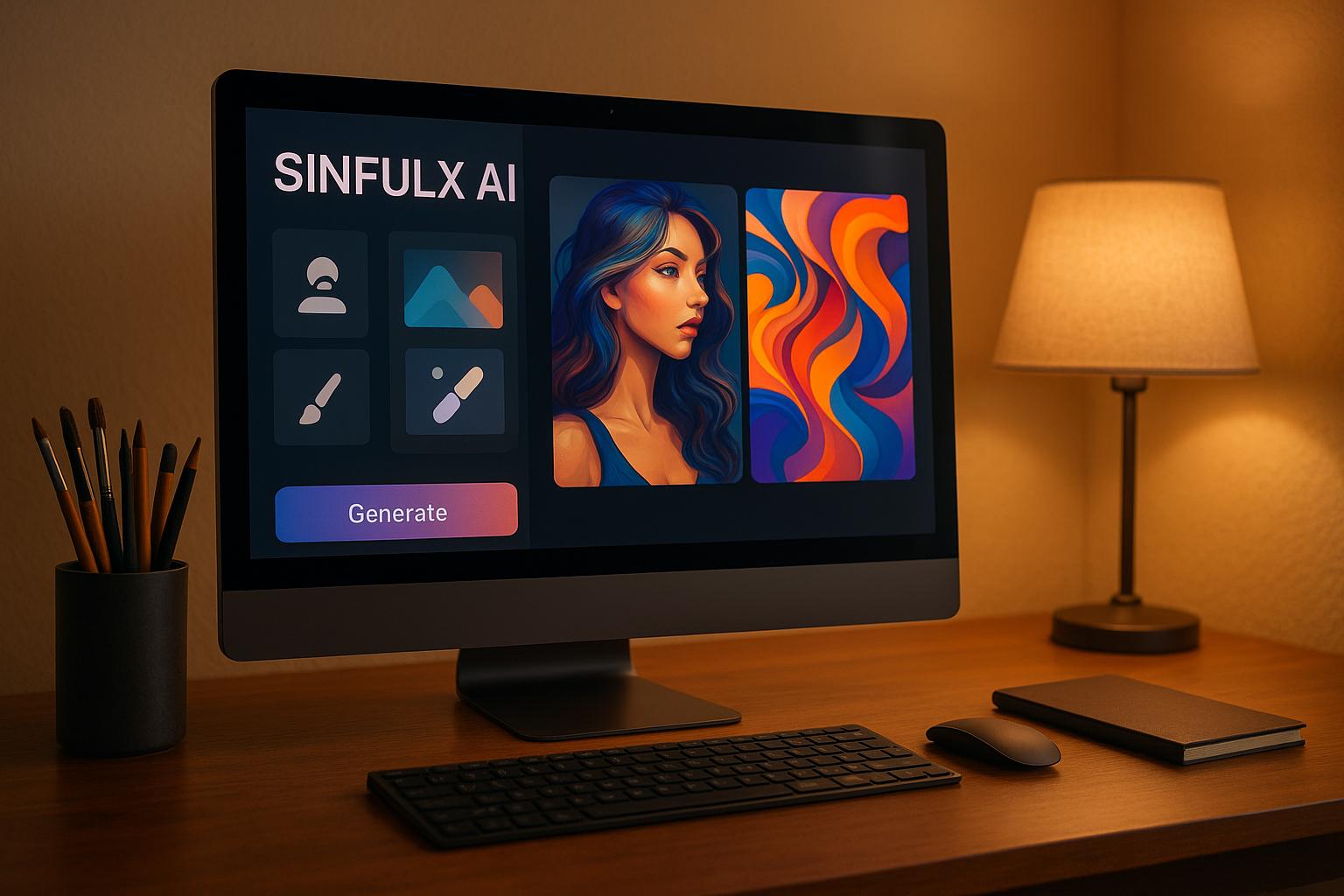Artificial intelligence is reshaping education, making learning more tailored and efficient for students and teachers. AI tools now adjust to individual learning styles, helping students improve test scores by 62% and boosting success rates to 71%, compared to traditional methods. Teachers benefit too, saving up to 13 hours per week by automating routine tasks.
Here are some top tools transforming education this school year:
- AI Apps: A directory with over 1,000 AI tools for various educational needs, from text generators to math aids.
- Khan Academy Kids: A free app for children aged 2–8, offering interactive lessons in reading, math, and emotional learning.
- Duolingo Max: A premium language-learning platform with gamified features to keep users engaged.
- Quizlet AI: Flashcard-based learning enhanced by AI for smarter study sessions.
- DreamBox Learning: A math platform for K–8 students that adjusts lessons in real time.
- GrammarlyGO: An AI writing assistant offering real-time grammar and style suggestions.
- Google Read Along: A reading app for young learners with real-time feedback.
These tools make education more accessible, efficient, and tailored to individual needs, helping students and educators achieve better outcomes.
The 8 Best AI-Powered Studying Apps (2024)
1. AI Apps
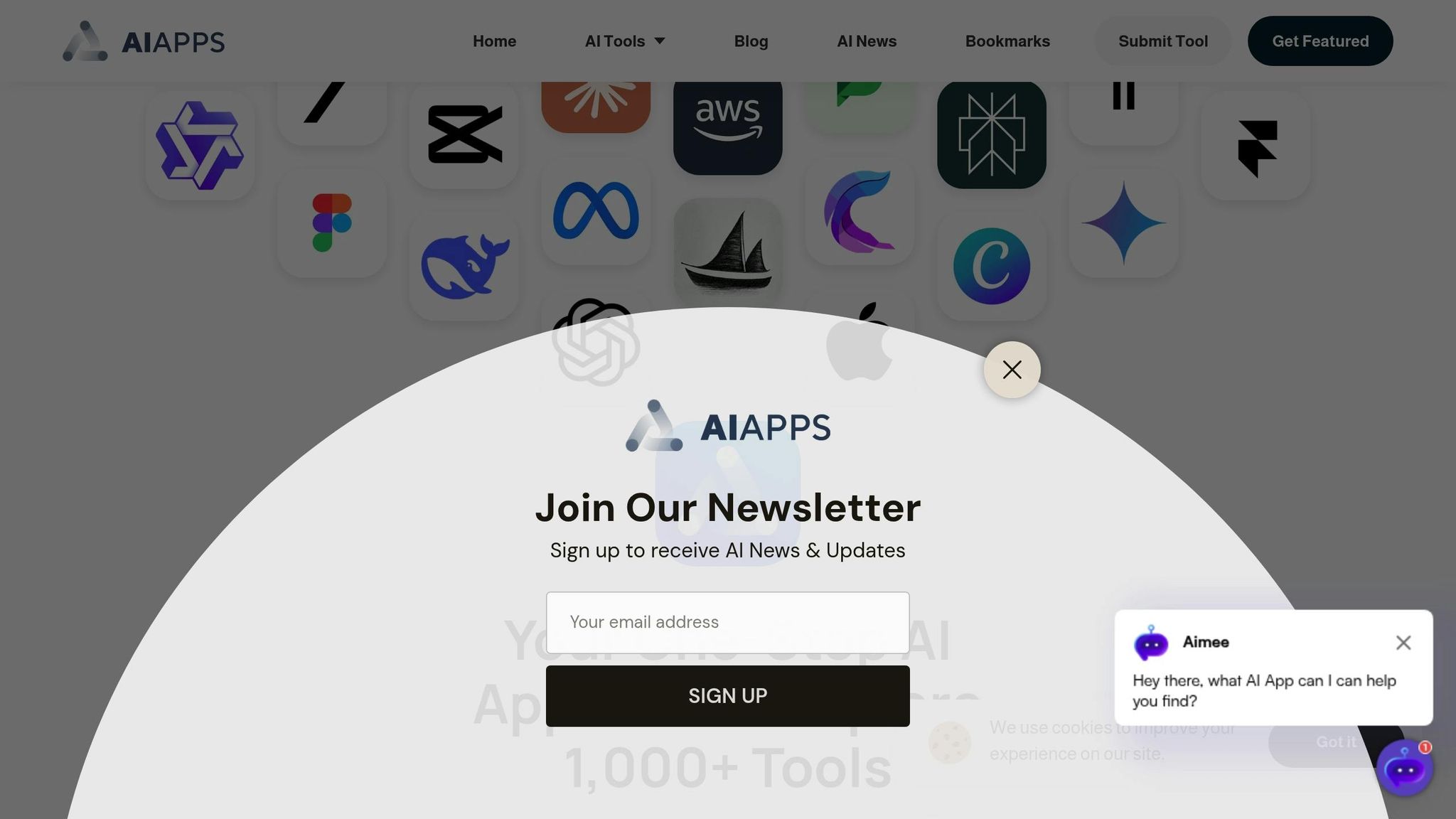
AI Apps offers a collection of over 1,000 carefully selected educational AI tools, making it easier than ever to find resources tailored to specific needs. With advanced filters for category, sub-category, and pricing, the platform simplifies the search process, connecting users with the right tools in no time. Let’s take a closer look at how AI Apps stands out in terms of personalization, affordability, and accessibility.
Personalization Features
AI Apps helps users discover tools that fit their unique requirements, whether they’re looking for AI Text Generators, AI Video Tools, or AI Art Generators. It employs a multi-step verification process to ensure that only high-quality options make the cut. The platform highlights both brand-new tools and well-established ones, keeping educators informed about the latest advancements in educational technology. Plus, featured tools on the homepage spotlight solutions that other educators are successfully using in their classrooms, making it easy to find proven options.
Budget-Friendly Options
With tools clearly categorized as free or paid, AI Apps enables schools and families to make smart choices, even with tight budgets. Many educational institutions face financial limitations, and the platform helps maximize value by showcasing a mix of premium tools alongside cost-free alternatives.
Easy Access for Everyone
AI Apps centralizes the search for educational tools, making them accessible to users regardless of their technical skills. Teachers who feel overwhelmed by the rapid advancements in AI can explore the curated directory at their own pace, finding tools that meet their needs without added stress.
The platform also invites AI tool developers to submit their creations, encouraging innovation and expanding the range of available resources. This open submission process supports the creation of diverse tools that cater to various learning styles and needs, ensuring the platform stays relevant as educational technology evolves.
2. Khan Academy Kids
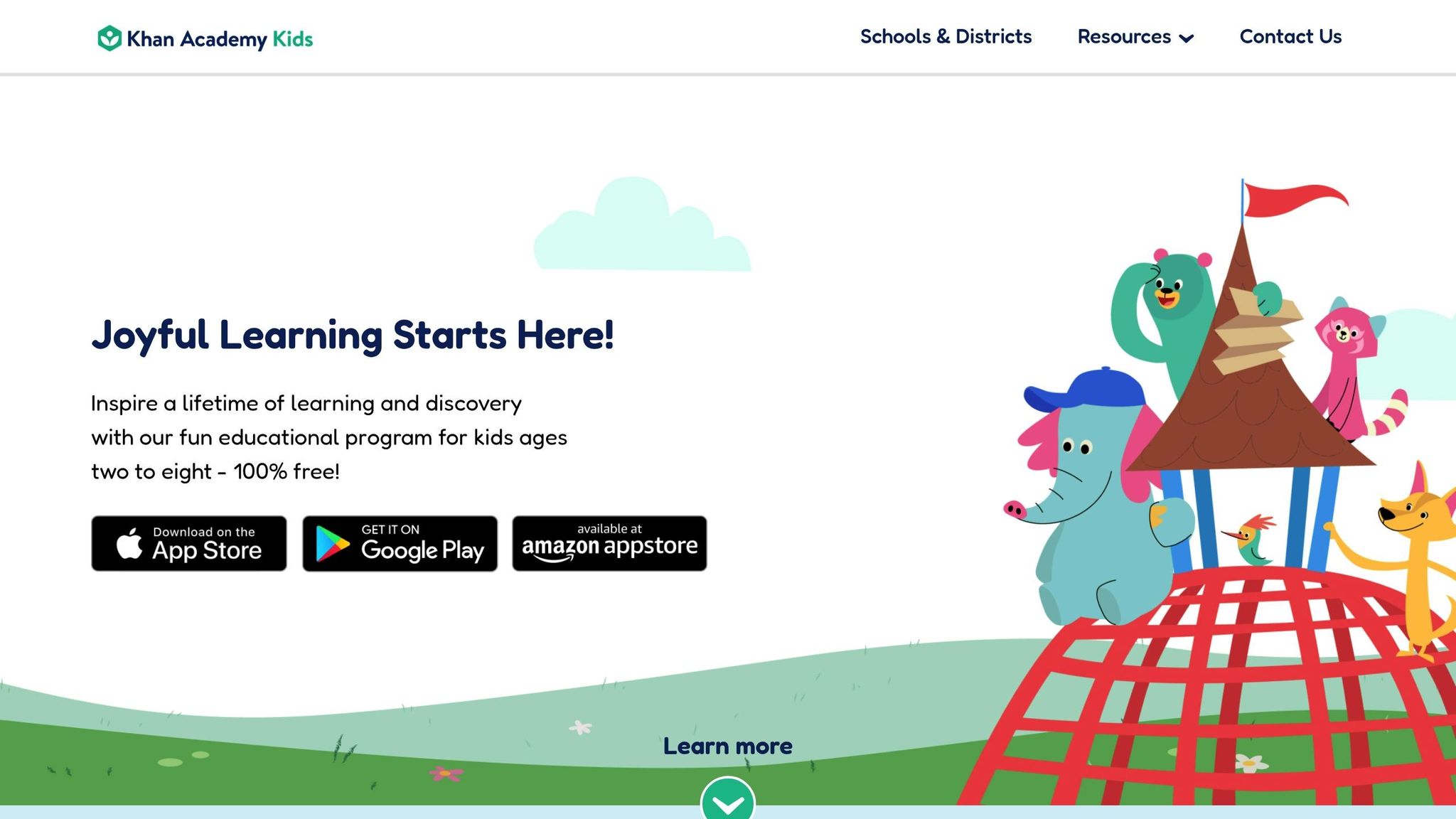
Khan Academy Kids is a standout resource among educational apps, offering a free and interactive platform designed for children aged 2–8. It combines foundational subjects like reading, math, and social-emotional learning with creative activities that encourage curiosity and self-expression.
Tailored Learning Experience
This app adapts to each child's unique learning pace. Parents and educators can set up profiles to track progress and receive activity suggestions that align with the child's developmental stage, ensuring a personalized approach to education.
Inclusive and Accessible Design
Khan Academy Kids is built to cater to different learning styles with features like audio narration, colorful visuals, and interactive tools. The app also includes a diverse cast of characters, helping children feel represented and included in their learning journey.
Keeping Kids Engaged
The app uses gamified features to make learning fun. Animated characters guide children through lessons, celebrating their achievements with positive feedback to keep them motivated.
Completely Free
One of the best parts? Khan Academy Kids is entirely free, making quality education accessible to families and schools without any financial burden.
3. Duolingo Max
Duolingo Max takes language learning up a notch, offering a premium experience that keeps learners motivated - especially during the back-to-school season. Its streak system encourages daily practice by rewarding users for maintaining consecutive days of activity. Miss a day? No problem. The Streak Freeze feature ensures your hard-earned progress stays intact.
The platform also includes an XP and leveling system, where users earn Experience Points by completing lessons. These points not only reflect your progress but also spark friendly competition through leaderboards and leagues. Together, these features make Duolingo Max a fun and interactive way to stay consistent with language learning throughout the school year.
4. Quizlet AI
Quizlet AI is a flashcard-based learning platform that tailors study experiences to individual users by adjusting the frequency of flashcards based on how well each concept is mastered.
Personalization Features
One standout feature of Quizlet AI is its ability to offer tailored study suggestions. By using spaced repetition, it ensures learners revisit tougher topics more frequently, helping them retain information more effectively over time.
Engagement and Motivation Tools
To keep studying fun and engaging, Quizlet AI includes gamified elements. Interactive games like Match and Gravity introduce a timed challenge, turning studying into an exciting activity. On top of that, the platform features a progress tracker, giving users a visual representation of their improvements and motivating them to stay on track.
Accessible Options
Quizlet AI caters to a wide audience with its free tier, which includes essential tools like flashcard creation and basic study modes. For those looking for more advanced features, a premium subscription is available, offering an enhanced study experience. This balance of accessibility and advanced options makes Quizlet AI a go-to choice for learners.
sbb-itb-212c9ea
5. DreamBox Learning
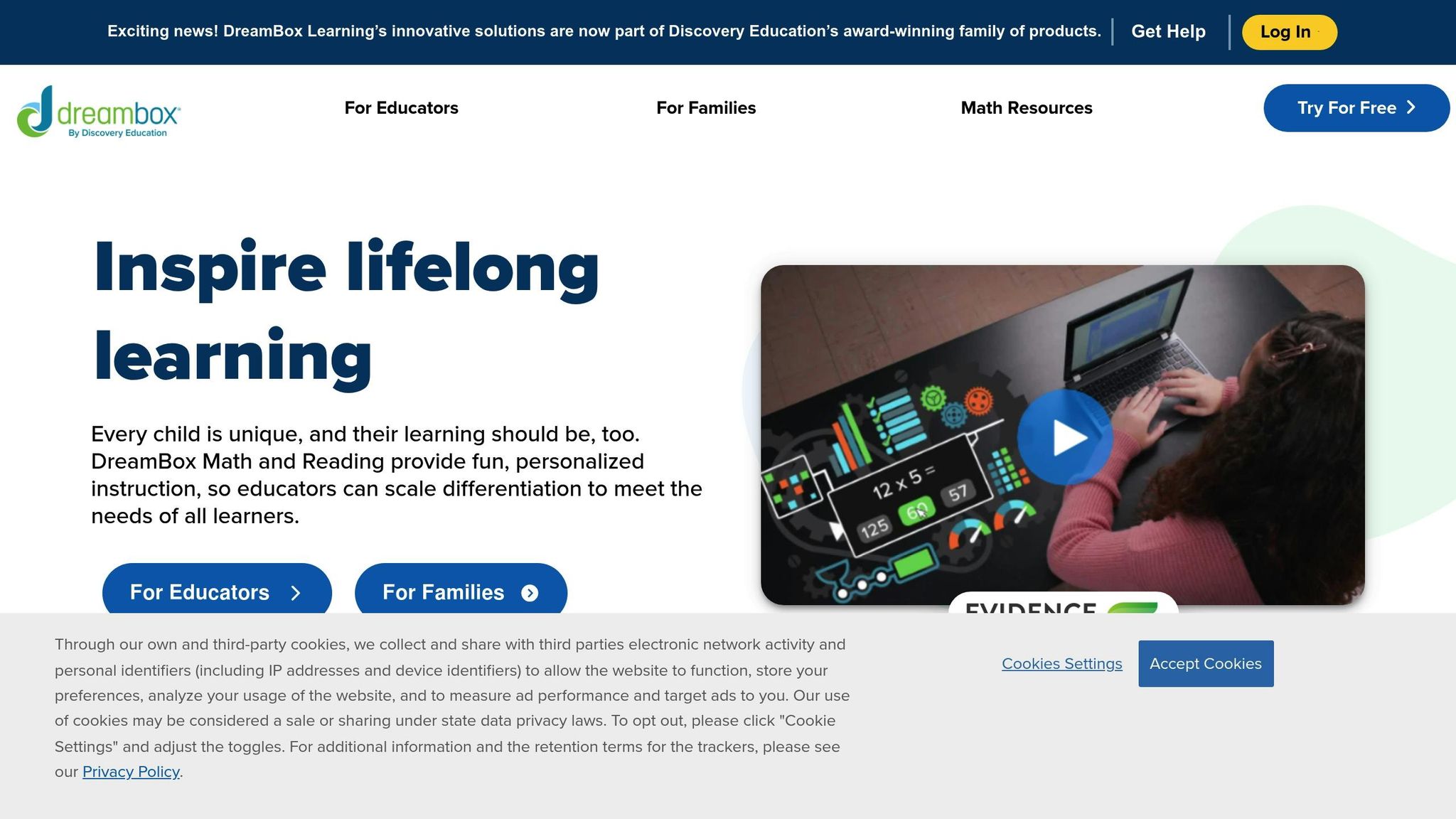
DreamBox Learning is a math platform designed for K–8 students that adjusts in real time based on how a student performs. It tailors the difficulty of lessons and uses different approaches to explain concepts. For instance, if a student struggles with one method, the platform switches to visual aids or interactive models to strengthen core understanding before moving forward.
Accessibility and Inclusivity
DreamBox Learning is built with features that cater to a wide range of learners. It includes tools like text-to-speech, adjustable font sizes, and high-contrast display options. For students learning English, the platform uses clear visuals that help bridge language barriers.
Engagement and Motivation Tools
To keep students interested, DreamBox Learning incorporates game-like elements into its lessons. It also tracks individual progress, identifying areas where students need extra help. These features make learning math more interactive and enjoyable, making it a great tool for the classroom or home use.
Flexible Pricing Options
DreamBox Learning provides a variety of pricing plans to suit different needs. Schools can opt for site-wide licensing, while families can choose individual subscriptions. There’s also the option to try it out with a trial period, making it easier to see if it’s the right fit.
6. GrammarlyGO

Strong writing skills are essential for personalized learning, and GrammarlyGO helps refine these abilities with its smart assistance. Powered by AI, GrammarlyGO goes beyond basic grammar checks by providing real-time suggestions to enhance clarity, structure, and word choice. It works smoothly with popular writing platforms, offering feedback tailored to the context of your writing.
GrammarlyGO comes with flexible pricing options. There’s a free version that covers the basics, while premium plans unlock more advanced features. This tool is designed to help users express themselves clearly and effectively, making it a valuable resource for academic success.
7. Google Read Along
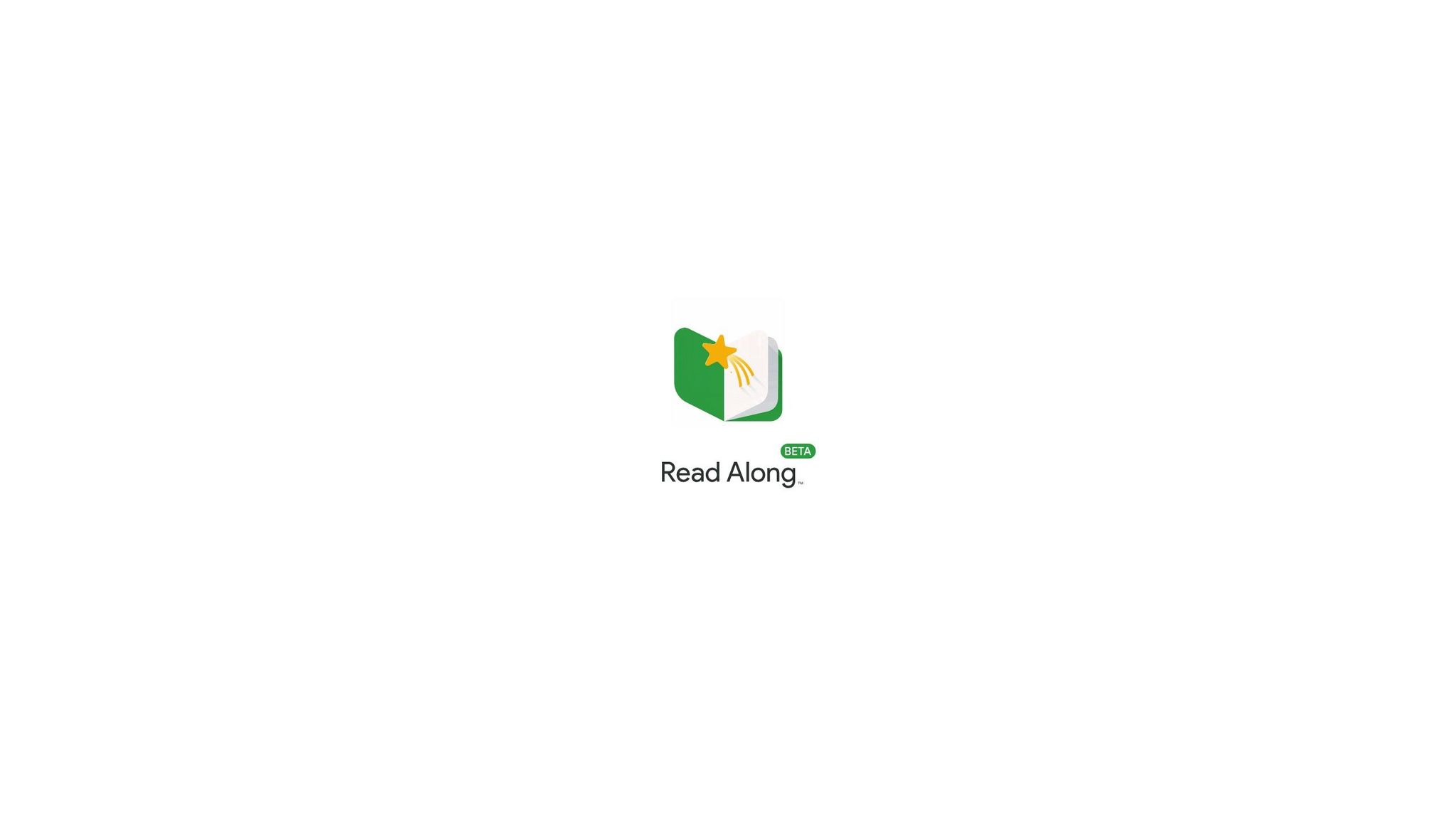
Google Read Along is an interactive learning app designed to help young readers improve their skills. It features a virtual reading buddy named Diya, who listens as children read aloud and provides real-time verbal and visual feedback. This interactive approach keeps kids motivated and engaged in their reading journey.
Feature Comparison Table
Finding the right AI learning tool can feel overwhelming. To make it easier, here's a table that breaks down the features, advantages, and drawbacks of several popular platforms. Use this guide to pinpoint the best option for your educational goals.
| Tool | Key Features | Primary Benefits | Limitations | Best For |
|---|---|---|---|---|
| AI Apps | Extensive AI tool directory, tailored recommendations, user reviews | Saves time by offering a centralized hub for discovering educational AI tools | Requires additional setup | Educators and parents exploring multiple AI solutions |
| Khan Academy Kids | Adaptive learning paths, interactive lessons, progress tracking | Free access, covers various subjects, and uses engaging animations | Limited to younger age groups and needs an internet connection | Children aged 2–7 for foundational learning |
| Duolingo Max | AI-driven conversation practice, personalized explanations, mistake analysis | Provides immediate feedback with a gamified approach using natural language processing | Requires a premium subscription and focuses solely on language learning | Learners aiming to build conversational language skills |
| Quizlet AI | Adaptive flashcards, AI-generated practice questions, smart study sets | Automates content creation, uses spaced repetition, and supports multi-format studying | May need manual content verification; advanced features require a subscription | Students preparing for exams and tests |
| DreamBox Learning | Adaptive math curriculum, real-time assessments, detailed analytics | Offers personalized pacing, comprehensive reporting, and aligns with educational standards | Focuses exclusively on math and is subscription-based | K–8 students needing extra math support |
| GrammarlyGO | AI writing assistant, grammar checking, style suggestions | Improves writing quality with real-time feedback and includes plagiarism detection | Some features are behind a paywall; may over-correct creative writing | Students and professionals looking to refine their writing skills |
| Google Read Along | Interactive reading companion, real-time feedback, voice recognition | Free to use, builds reading confidence, and works offline after downloading content | Limited to reading skills and requires a compatible device | Beginning readers aged 5–9 |
This table underscores how each tool caters to specific learning needs, empowering both students and educators to personalize their educational journey.
Conclusion
AI-powered tools are reshaping education by tailoring learning experiences, responding in real time, and creating a level of engagement that traditional methods often struggle to achieve. Whether it’s helping young children build foundational reading skills or guiding older students through complex academic challenges, these tools are closing learning gaps and improving educational progress.
But it’s not just about the students - these tools are transforming how teachers and parents support learning. By automating routine tasks, teachers gain more time to focus on meaningful interactions with their students. Meanwhile, parents benefit from clear insights that help them play an active role in their child’s education at home.
What’s even more exciting is how these once-exclusive tools are now within reach for many, thanks to free versions and affordable subscription plans.
As this school year unfolds, AI solutions are setting the stage for education that’s more flexible and inclusive than ever. For those looking to explore these possibilities, AI Apps offers a curated directory with over 1,000 tools and advanced filters to find the perfect fit - whether it’s improving reading comprehension, mastering a new language, or tackling math with confidence.
Education is evolving into something more personalized, responsive, and advanced. By integrating AI tools today, we’re equipping students with the skills they need to thrive academically and succeed in an increasingly digital world.
FAQs
How do AI tools help create a personalized learning experience for young students?
AI tools are transforming personalized learning by leveraging smart algorithms to customize lessons for each student. These tools consider individual needs, interests, and learning speeds to create a tailored experience. For instance, some platforms dynamically adjust task difficulty, keeping students challenged without pushing them too hard.
Additionally, AI analyzes performance data to pinpoint areas where students might need extra help or more advanced material. By crafting a learning path unique to each student, these tools keep learners engaged, boost their confidence, and support improved academic progress.
How can AI tools benefit teachers in the classroom and help them save time?
AI tools bring a lot to the table for teachers by taking over tedious tasks like grading, creating lesson plans, and monitoring student progress. This not only lightens their workload but also gives them more time to focus on what truly matters - teaching and connecting with their students.
On top of that, these tools offer data-driven insights to simplify administrative work and enable teachers to tailor learning experiences to individual student needs. By making classroom management smoother and boosting overall efficiency, AI tools allow educators to spend more time engaging with their students and improving the quality of education.
Are there budget-friendly AI tools available to help schools and families personalize learning?
Absolutely! Many AI tools are created with affordability in mind, making personalized learning more accessible for schools and families across the U.S. These tools often fit a variety of budgets, with many offering free or low-cost plans that benefit both students and educators.
Some platforms even include adaptive learning systems and intelligent tutoring tools at reasonable prices. They aim to boost productivity, keep students engaged, and improve learning outcomes - all without putting a strain on budgets. This ensures that quality education remains an option for everyone.
